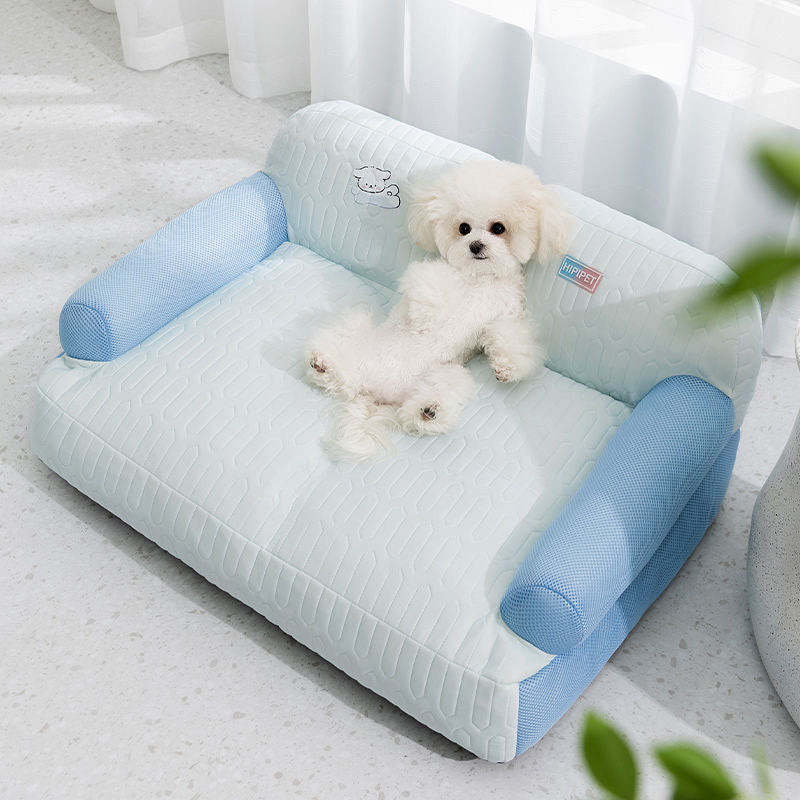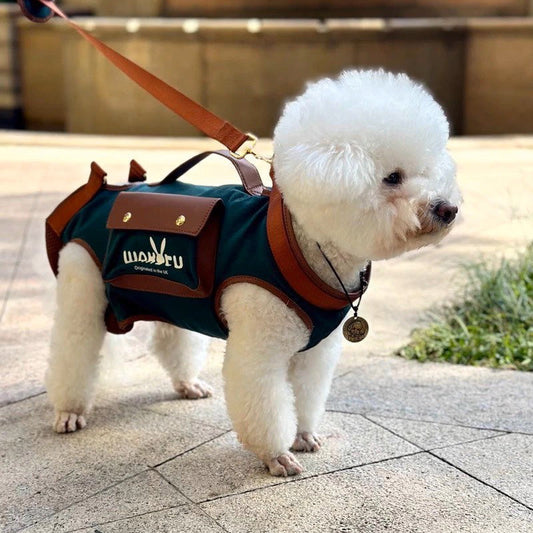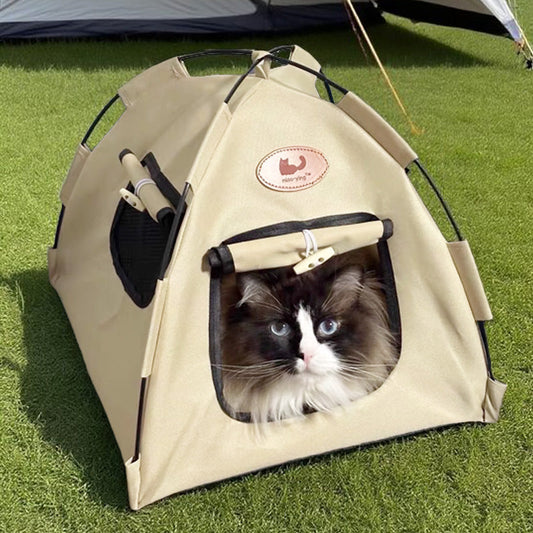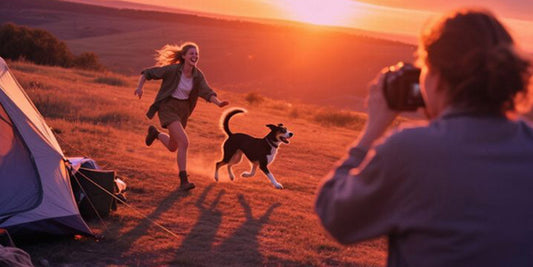
6 Essential Summer Care Tips for Dogs: Keep Your Pup Cool & Safe
Share
As temperatures rise, our furry friends need special attention to stay comfortable and healthy. Unlike humans, dogs can't efficiently regulate their body temperature, making them particularly vulnerable to summer hazards. After consulting with veterinarians and analyzing the latest canine health studies, we've compiled these science-backed summer care strategies for dog owners.
![]() 1. Smart Walking Schedule: Beat the Heat
1. Smart Walking Schedule: Beat the Heat
Danger:
Pavement temperatures can reach 125°F (51°C) when air temps are just 77°F (25°C) - hot enough to cause 3rd degree burns in 60 seconds. (Journal of Veterinary Medicine, 2022)
Brachycephalic breeds (pugs, bulldogs) are 83% more likely to suffer heatstroke.
Solution:
✓ Early morning/late evening walks (before 8am or after 7pm)
✓ 5-second pavement test - place your palm on pavement for 5 seconds
✓ Protective booties for essential midday walks

2. Bathing Balance: Clean Without Overdoing It
The Science:
- Dogs' skin has a pH of 7.5 (vs human 5.5), making frequent bathing harmful.
- Over-washing strips protective oils, increasing dermatitis risk by 40%
Optimal Routine:
- Every 4-6 weeks for most breeds
- Immediate rinsing after ocean/swimming pool exposure
- Paw washes after every walk (use mild saline solution)
Drying Method Matters:
☑ Air dry in shade
☑ Blow-dry on cool setting
☒ Never sun dry (causes heat stress)

3. Summer Nutrition: Keep It Fresh & Light
Diet Adjustments:
- Reduce kibble portions by 10-15% (dogs eat less in heat)
- Incorporate water-rich foods:
- Cucumber (96% water)
- Watermelon (92% water, remove seeds)
- Plain yogurt (probiotics aid digestion)
Summer Food Safety Musts:
❗ Change water 3-4x daily
❗ Discard uneaten wet food after 30 minutes
❗ Use stainless steel bowls (plastic harbors bacteria)

4. Fur Care: Trim Don't Shave
Why Shaving Harms:
- Sunburn risk increases 300% (UV protection lost)
- Insulation disruption - double-coated breeds (Huskies, Malamutes) actually stay cooler with intact fur
Proper Grooming:
✂ 1-2 inch length for long-haired dogs
✂ Brush daily to remove undercoat
✂ Paw pad trims improve heat dissipation
Vet Insight: "The air pockets in a dog's coat act like thermos insulation" - Dr. Sarah Wooten, DVM

5. Parasite Protection: Summer's Hidden Threat
In summer, the number of parasites in the grass will increase with the weather. Dogs like to play in the grass. If they are not dewormed, they are easily infected with fleas, ticks, etc., so you must remember to do a good job of yard maintenance and take your dog for deworming on time.
Alarming Stats:
- Flea populations surge 70% in summer months
- 1 tick can transmit 15+ diseases (Lyme, ehrlichiosis etc.)
Prevention Protocol:
- Monthly treatments (NexGard, Bravecto etc.)
- Daily tick checks (focus on ears, paws, groin)
Yard maintenance:
- Mow grass short
- Remove leaf litter
- Consider nematode treatments
Natural Option: Cedar oil sprays (effective against 90% fleas per USDA study)

6. Hydration Strategies: Beyond the Water Bowl
Dogs are also afraid of heat in summer, and their sweating rate will increase. Dogs may become dehydrated if they do not replenish water in time. When taking your dog for a walk, you must remember to carry drinking water with you to replenish water for your dog. It is very important for dog parents to prepare a portable water bottle for dog walking to ensure that the dog is well hydrated and stays healthy and energetic.
By the way, some parents like ice water or ice cream in summer, and they occasionally want their fur children to try it, but this is definitely unwise. Dogs eating these things are prone to gastrointestinal discomfort, which is a very unhealthy behavior.
Dehydration Signs:
- Tacky gums
- Loss of skin elasticity
- Sunken eyes
Innovative Hydration Methods:
- Portable water bottles with built-in bowls
Danger Alert! Never give:
✖ Ice water (shocks system)
✖ Human ice cream (lactose intolerance affects 60% dogs)
I hope the above suggestions are helpful to all dog parents. Do you have any other ways and experience suggestions to make your dog spend the summer comfortably? Welcome to comment and share.




